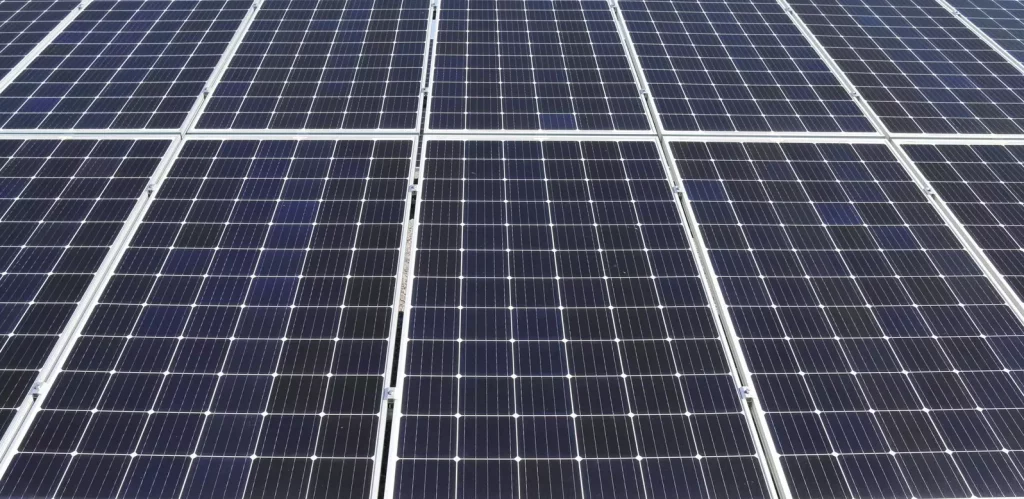Some companies and individuals installs grid-connected photovoltaic (solar power) system particularly in domestic applications give promises that electricity billing will be reduced. This marketing strategy of these so called PV installers are not completely true. There are prerequisites or requirements that need to be complied with to be able to realize the return of investment (ROI) on the PV system. If these requirements are not complied with, the forecasted savings in electricity bills will become an expense.
The primary requisite for grid-connected PV system is a net metering. A net metering will measure energy in both power flow direction. If power flow is from the grid or utility to the end-user, the net metering measured energy (kwH) will add up into the billing of the consumer. If the PV system produces more power than the requirement of the end-user loads, the excess power will be exported into the grid. Power flow will be from the consumer to the grid or utility. The net metering will deduct any measured energy during this period from the billing of the consumer.
if the normal kwH meters originally installed in these premises are not replaced with net metering, the billing of the consumer will increase rather be reduced. Why? a normal kwH meter will add the measured energy into the end-user billing regardless of the power flow direction.
Another important requisite to know for grid-connected system, not related to billing, is shutting down the PV system or get disconnected from the grid if there is a power outage on the utility. This is an very important feature for safety of people. If there is a utility power outage with a grid-connected PV system, the PV system will supply power to the utility. This will become a safety hazard to utility maintenance personnel if the PV system is not disconnected from the grid.
There are other requirements of grid-connected PV systems, but these are the more important requisites.
